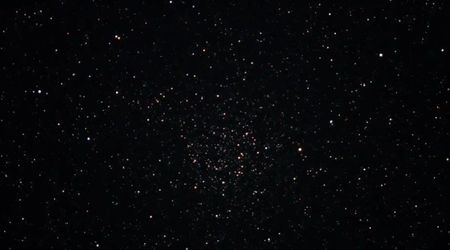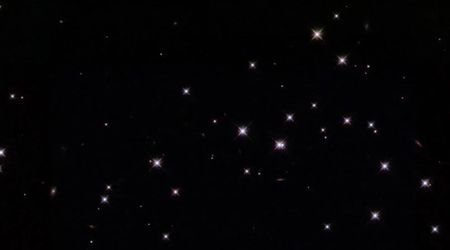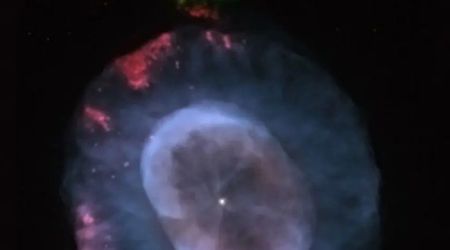
About Author
Tom Urbain is an amateur astronomer, astrophotographer, and the original founder of Starlust.org, a space-focused website he launched in 2019 with one simple goal: to make the night sky feel less intimidating and more accessible to everyone. With no formal background in astronomy, Tom taught himself everything from telescope optics to lunar photography - a journey that began as a personal hobby and grew into a widely read online resource for stargazers around the world.
Driven by curiosity and a deep love for space, Tom spent years researching and creating hands-on guides for beginners, testing gear in his backyard in Manchester, and sharing monthly night-sky highlights to help readers reconnect with the cosmos. His approachable writing style and practical advice quickly earned him a loyal audience, many of whom were discovering astronomy for the first time.
In addition to his work with Starlust, Tom also founded Card Codex, a platform dedicated to collectible card games.
When he’s not out chasing meteor showers or photographing the Moon through his telescope, Tom can often be found speaking on podcasts, contributing to astronomy communities, and advocating for dark-sky preservation. He currently lives in Manchester, UK, where despite the glow of city lights, he still manages to find wonder in the stars.



















